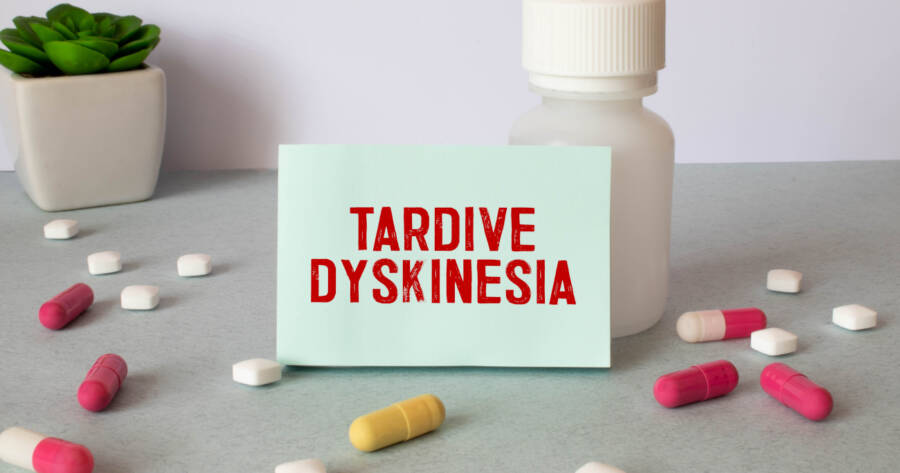Tardive dyskinesia (TD) is a significant neurological disorder linked to long-term use of certain medications. Conducting an online search can provide comprehensive insights into the medications known to trigger TD.
Tardive Dyskinesia: Medication Awareness
Tardive dyskinesia (TD) is a severe neurological disorder that arises as a consequence of prolonged usage of specific medications. It manifests through involuntary, repetitive movements of the body, primarily affecting the face, mouth, and limbs. 1 TD often emerges after an individual has been exposed to certain drugs for an extended period, typically several months or even years.
The precise mechanism through which these medications induce TD remains a subject of ongoing research. However, it is believed that the disruption of dopamine signaling within the brain plays a pivotal role. Dopamine, a neurotransmitter, is involved in regulating movement, and its imbalance can lead to the development of TD.
It is crucial for individuals to be informed about the potential risk of TD associated with certain medications. This awareness empowers them to engage in informed discussions with healthcare professionals, make appropriate treatment decisions, and closely monitor their health for any signs of TD.
Identify Drug-Induced Movement Disorder Risk
Numerous medications have been implicated in the development of tardive dyskinesia. Some of the most commonly associated drugs include:
- Antipsychotics: These medications are primarily used to treat various psychiatric conditions, such as schizophrenia and bipolar disorder. Some examples of antipsychotics linked to TD include haloperidol, olanzapine, and risperidone. 2
- Metoclopramide: This drug is commonly prescribed to manage nausea and vomiting. However, prolonged use of metoclopramide can increase the risk of TD.
- Antidepressants: Certain antidepressants, particularly those belonging to the class of selective serotonin reuptake inhibitors (SSRIs), have also been associated with TD. Examples include fluoxetine and paroxetine.
It is important to note that not everyone who takes these medications will develop tardive dyskinesia. The risk of TD varies depending on several factors, including the type of medication, dosage, duration of use, and individual susceptibility.
Safeguard Neurological Well-being
If you are prescribed any of the medications known to be associated with tardive dyskinesia, it is essential to work closely with your healthcare provider to manage the risk of developing this disorder. Some strategies that can help safeguard neurological well-being include:
- Regular monitoring: Your healthcare provider should monitor you for any signs of TD, especially if you are taking high doses of medication or have been using it for a prolonged period.
- Dose reduction or medication switch: If TD develops, your healthcare provider may recommend reducing the dosage of the medication or switching to an alternative medication that carries a lower risk of TD.
- Lifestyle modifications: Certain lifestyle modifications, such as regular exercise, a healthy diet, and adequate sleep, can support overall neurological health and potentially reduce the risk of TD.
By staying informed about the potential risks of TD and working closely with your healthcare provider, you can take proactive steps to protect your neurological well-being.
Learn More About Tardive Dyskinesia
Tardive dyskinesia is a serious neurological disorder that can significantly impact an individual’s quality of life. By conducting an online search, you can gain comprehensive insights into the medications known to trigger TD and the strategies to manage the risk of developing this disorder.
Take the initiative to safeguard your neurological health and engage in informed discussions with your healthcare provider to ensure optimal treatment outcomes.



